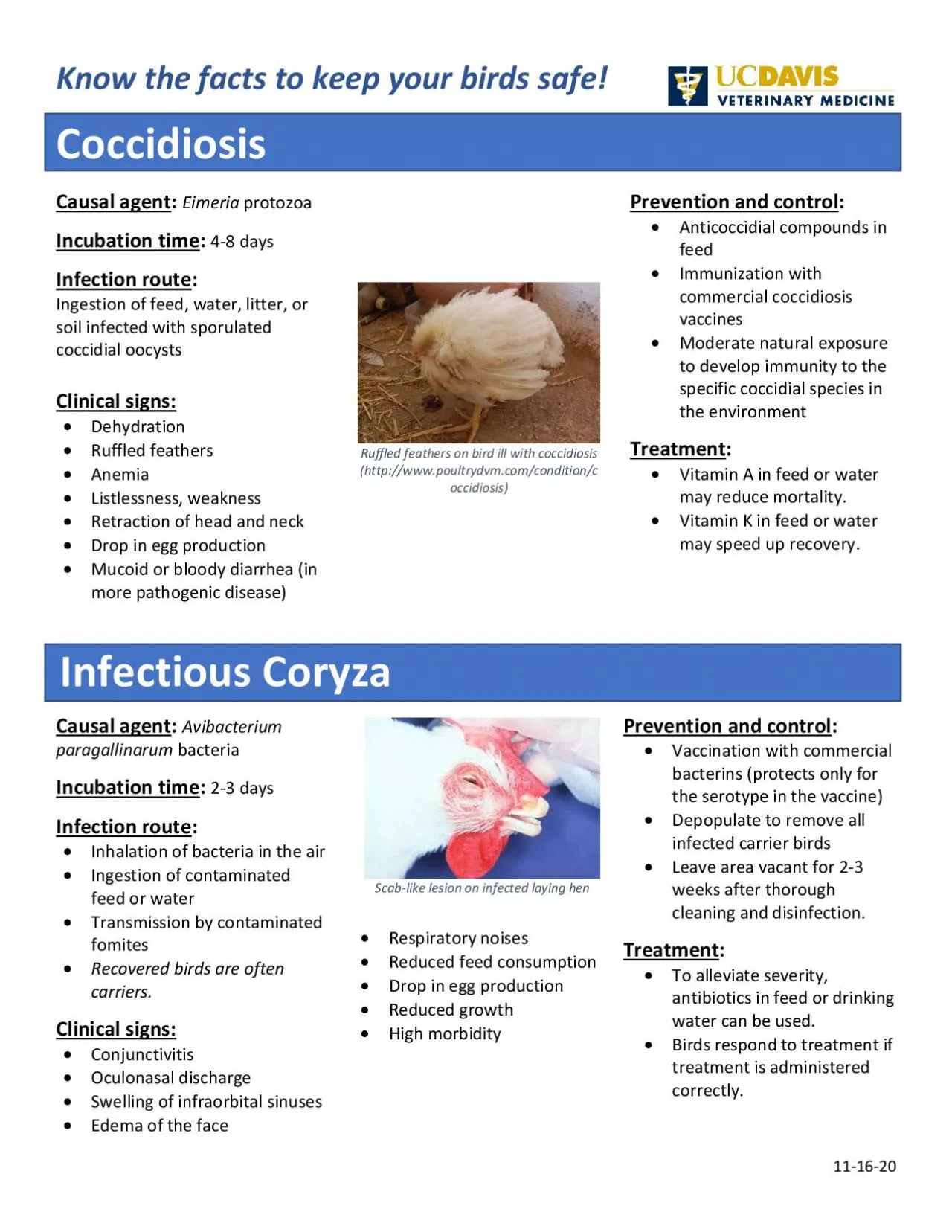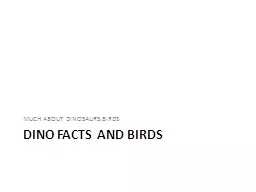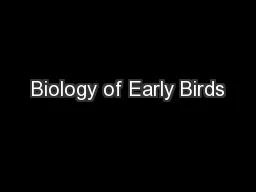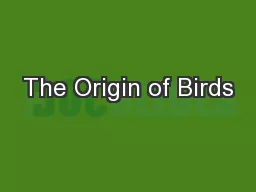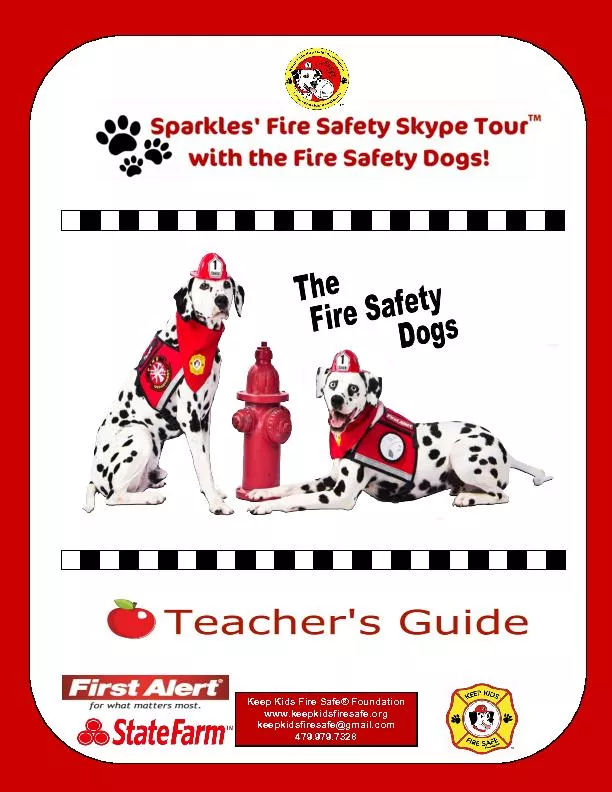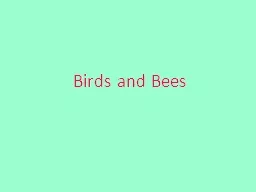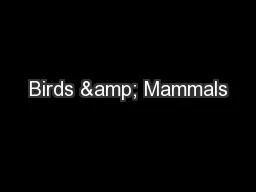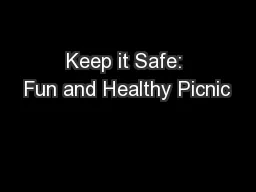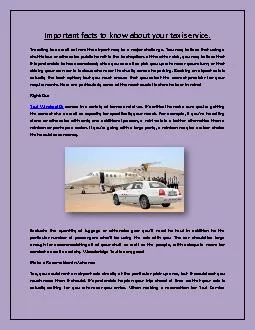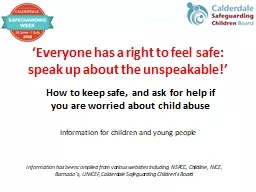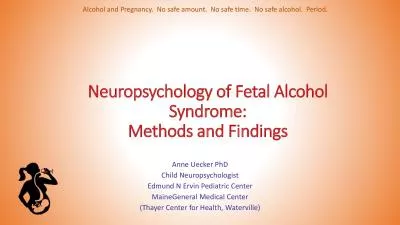PDF-Know the facts to keep your birds safe
Author : murphy | Published Date : 2022-08-25
11 16 20 Coccidiosis Causal agent Eimeria protozoa Incubation time 4 8 days Infection route Ingestion of feed water litter or soil infected with sporulated
Presentation Embed Code
Download Presentation
Download Presentation The PPT/PDF document "Know the facts to keep your birds safe" is the property of its rightful owner. Permission is granted to download and print the materials on this website for personal, non-commercial use only, and to display it on your personal computer provided you do not modify the materials and that you retain all copyright notices contained in the materials. By downloading content from our website, you accept the terms of this agreement.
Know the facts to keep your birds safe: Transcript
Download Rules Of Document
"Know the facts to keep your birds safe"The content belongs to its owner. You may download and print it for personal use, without modification, and keep all copyright notices. By downloading, you agree to these terms.
Related Documents

